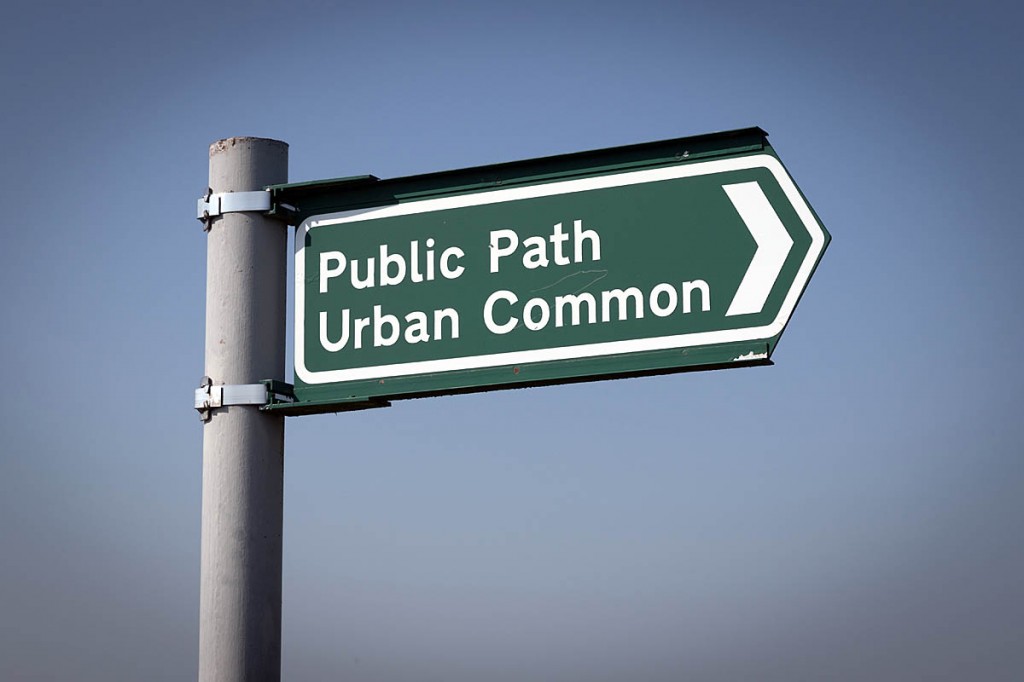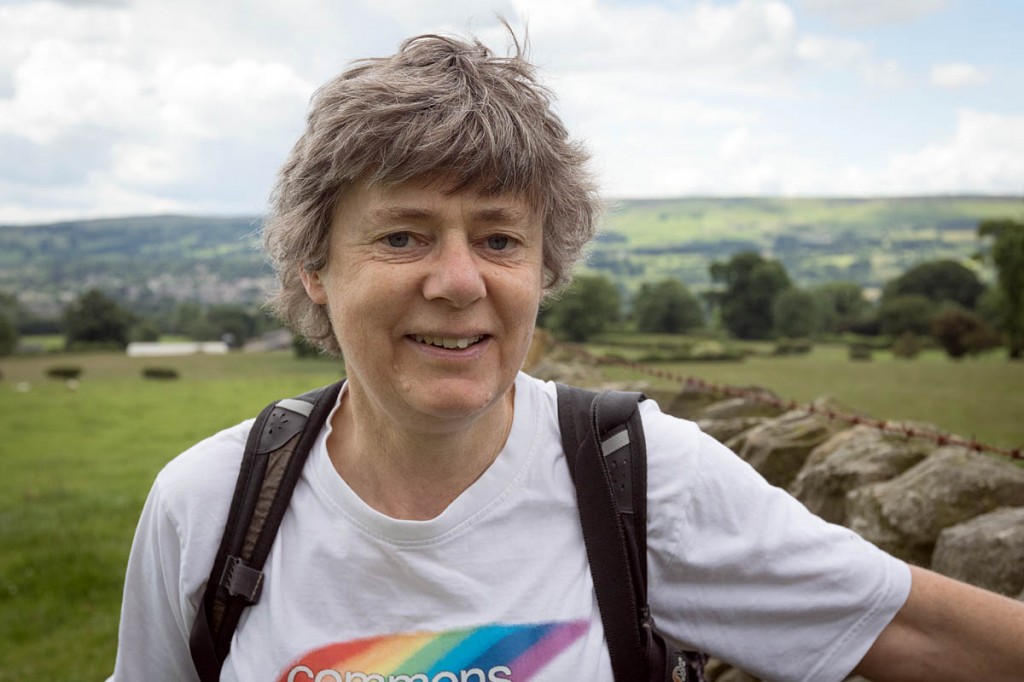Campaigners say speed limits on roads crossing common land should be as low as 20mph.
The Open Spaces Society called for enforced speed limits on unfenced roads on commons in national parks and areas of outstanding natural beauty.
The organisation made the plea in a submission to the Westminster Government’s review led by Julian Glover. The review is looking at the future of national parks and AONBs.
The OSS said reduced traffic speeds would allow walkers and horse riders to enjoy the commons and also enable grazing by farm livestock.
The society said common land is of immense importance to the national parks and AONBs because of its significant public benefit, for its natural history and wildlife habitats, landscape beauty, cultural, archaeological and historic heritage, and public access by right.
OSS general secretary Kate Ashbrook said: “The vegetation of common land needs to be managed to ensure that the land can be enjoyed by walkers and riders, and historic features are visible.
“An important means of doing this is by grazing livestock. However, where commons are crossed by roads with speeding traffic commoners are naturally unwilling to risk their animals, for fear of injury to stock or human.
“We oppose the fencing of roads across commons because this restricts public access and is a blot on the landscape. We consider it is much better to slow the traffic.
“This would also encourage motorists to appreciate that national parks and AONBs are special places which are not to be rushed through. But such speed limits must be enforced or they will be ignored.
“National park authorities and AONB boards and committees should be given the power to impose speed limits on unfenced roads across commons, as though they were the traffic authorities.
“The limit should be as low as 20mph in some places. We would like to see sympathetically engineered traffic-calming measures introduced as well.
“There are already speed limits on some commons, on Dartmoor and in the New Forest for instance, but they are too often ignored and need greater enforcement.
“We would argue for speed limits wherever there is an unfenced road across common land: in the North Pennines, Bodmin Moor, the Malvern Hills and Gower AONBs and the North York Moors and Brecon Beacons national parks, to name a few examples. It would be a great idea to pilot this idea in the national parks and AONBs.
“On Dartmoor, even where there is a 40mph speed limit on many roads across the commons, the Dartmoor Livestock Protection Society reports that in 2018 there were a shocking 191 accidents involving livestock, with 158 animals killed and 33 injured. The excellent DLPS urges people to drive with care for animals, but clearly the speed limit has to be enforced in order to slow the traffic.
“We hope that the Glover Review will adopt our proposal as this would give it considerable weight. In this 70th anniversary year of national parks and AONBs, our initiative would be a great way to celebrate those precious landscapes which were created by the National Parks and Access to the Countryside Act 1949.”


Marion Boyle
08 January 2019Easy enough to say "speed limits should be enforced" but how?
Wainwrightwalker
08 January 2019Average speed cameras. One at each end
Ranting Robert
09 January 2019Ye God's!
No thanks, it's difficult enough to get around these places when it's busy. It's fine for those on holiday or retired or whatever but what about those who live in these areas just trying to go about their day.
Regarding animals...if folk drive properly sheep and cows aren't usually too much of an issue. Deer though, they're kamikaze anyway, not much you can do about them.
Graham James
15 January 2019@RR - interestingly, the accident statistics for the New Forest (2015) show no accidents involving deer, but 80 ponies, 3 pigs, 26 cattle, 17 donkeys and 1 sheep. The total populations are around 4000 ponies and 2000 deer, so it looks like the deer are pretty good at avoiding the traffic.